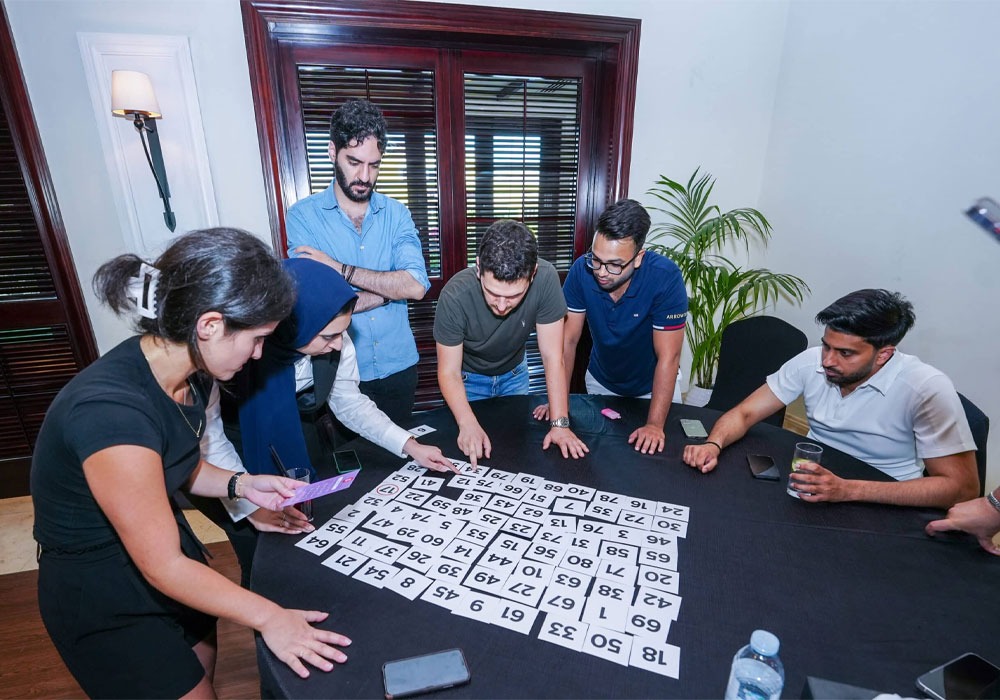
How Corporate Sports Events Build Healthier
How Corporate Sports Events Build Healthier, Happier, and More Productive Teams in Dubai In the
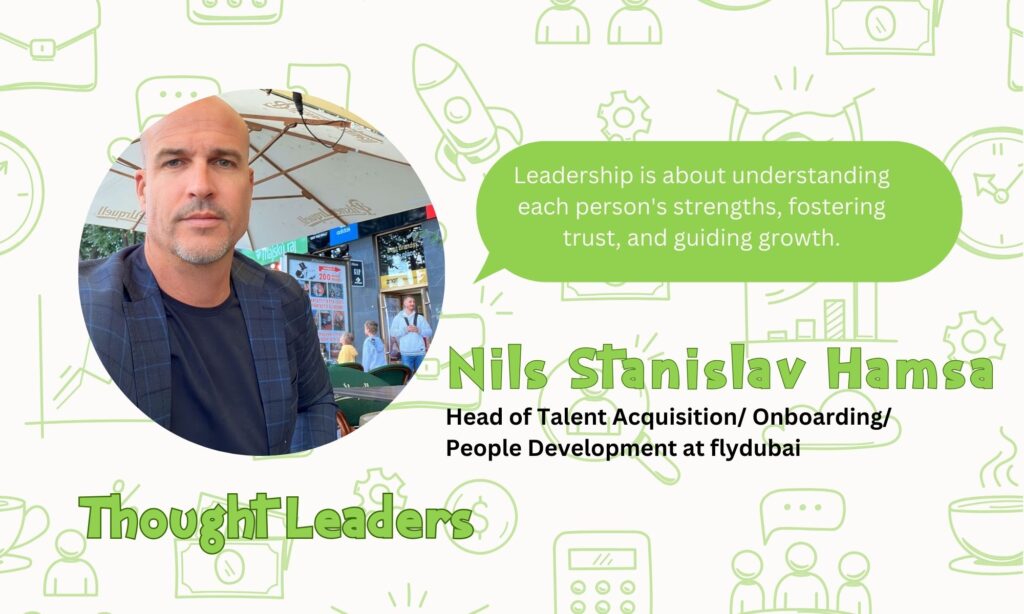

How Corporate Sports Events Build Healthier, Happier, and More Productive Teams in Dubai In the
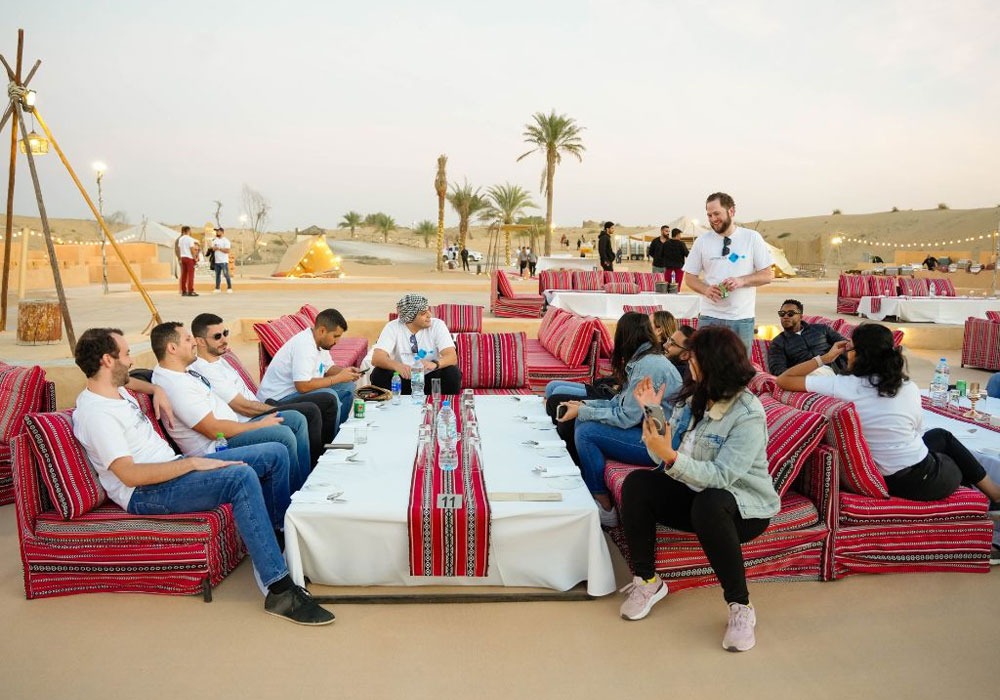
How Boredroomx is Redefining Corporate Team Building in the UAE In today’s high-pressure corporate environment
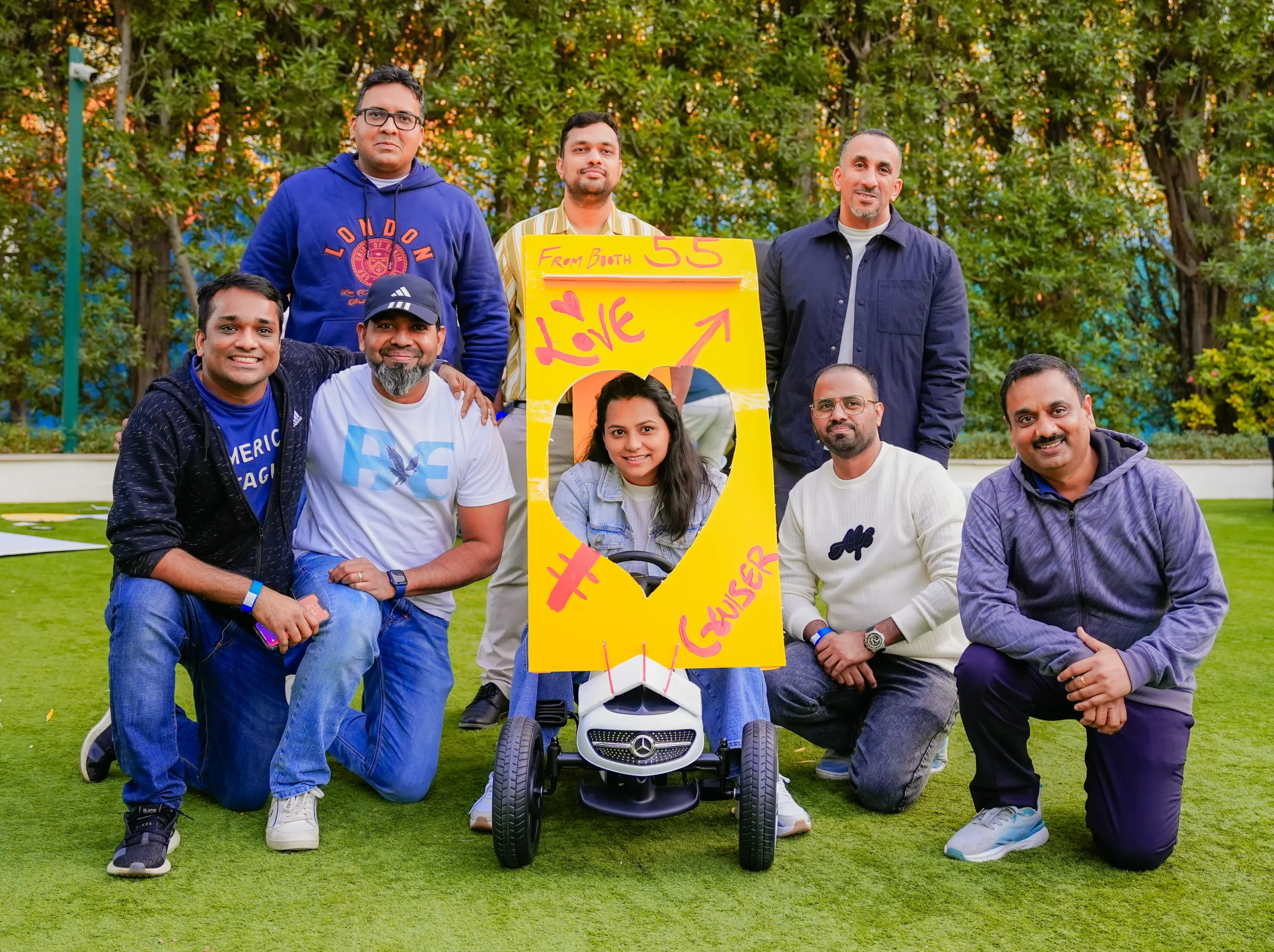
The roar of the engines, the split-second decisions, the intricate choreography of the pit crew

How Corporate Sports Events Build Healthier, Happier, and More Productive Teams in Dubai In the

How Boredroomx is Redefining Corporate Team Building in the UAE In today’s high-pressure corporate environment

The roar of the engines, the split-second decisions, the intricate choreography of the pit crew

Dubai, a city synonymous with dazzling skyscrapers, rich cultural heritage, and thrilling adventures, offers a

In today’s dynamic and competitive business landscape, fostering a positive and collaborative workplace culture is
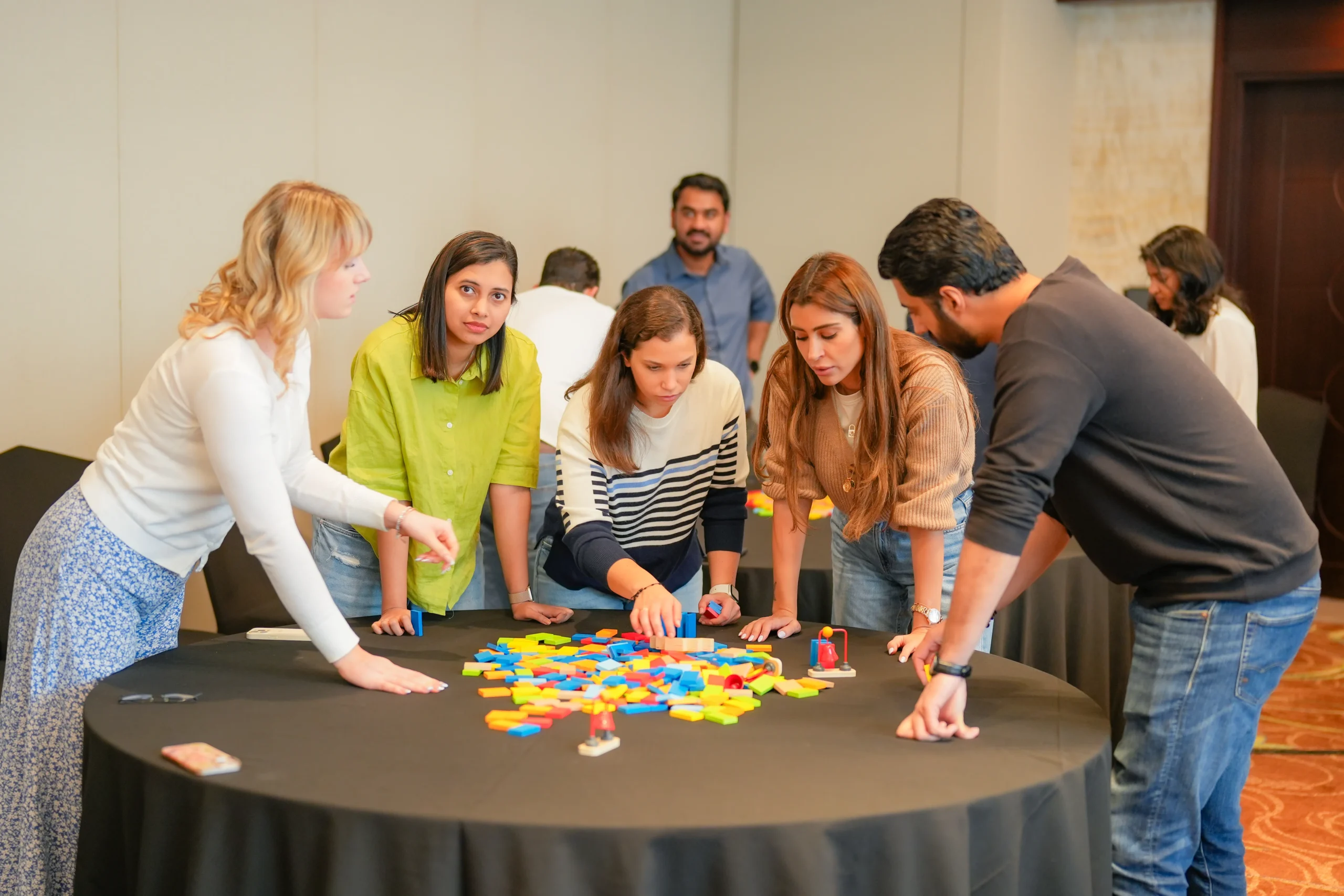
In today’s fast-paced, competitive business environment, innovation is no longer a luxury; it’s a necessity.